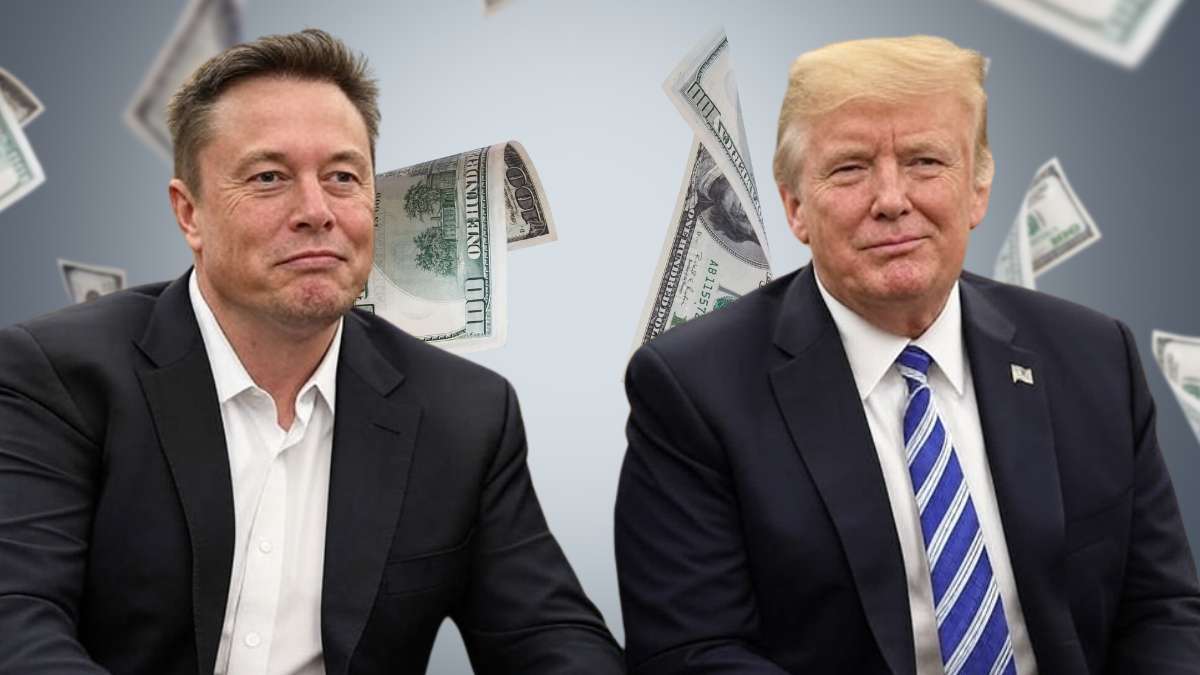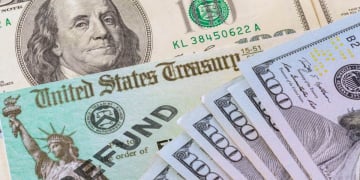On March 30, 2025, Elon Musk made a stop in Green Bay, Wisconsin. The official reason: supporting a campaign for the state Supreme Court from his role as “secretary” of the Department of Government Efficiency. But, as always, he ended up talking about things that got the most attention. Someone asked him the million-dollar question: Will there be DOGE stimulus checks for people? The answer, although expected, left many with more doubts than certainties.
A proposal appeared a few days ago, suggesting that the federal government should hand out stimulus checks if it saves enough money by making the state more efficient, as is supposedly Musk’s job. But the billionaire simply said something like, “Well, first we have to save enough money. If we can do that, maybe that money can go back to the taxpayers. But in the end, that’s for the president and Congress to decide.” That is, neither a resounding yes nor a definitive no. Something like “let’s see how it turns out.”
Where did this idea come from: the origin of “DOGE dividends”
It all started a month earlier, in February 2025. James Fishback, CEO of Azoria (an investment firm), proposed something striking: that 20% of the savings of the Department of Government Efficiency (DOGE), directed by Musk himself, be distributed as checks to citizens. According to their calculations, if the DOGE saved 2 trillion dollars, each household could receive about 5,000 greens. The idea sounded good, especially since Donald Trump gave it his public approval, saying he was “seriously considering it.”
Musk, for his part, reacted on social media with a casual “I’ll check it with the president.” That was in February. But by March, the initial enthusiasm seemed to have cooled.
At the Wisconsin town hall, Musk avoided committing to numbers or dates. When asked directly if they would send the $5,000, his response was a classic exercise in ambiguity: “It depends on Congress… and maybe the president. If unnecessary spending is reduced, the economy will improve, checks or not.” Basically, a “I promise nothing” disguised as optimism.
Musk made it clear that neither he nor the DOGE have the last word. If anything is clear, it is that checks are not a guarantee, but rather a remote possibility that depends on too many factors.
How much would American households receive if they qualify for the DOGE dividend?
Although the idea of receiving money sounds great, several experts have put their feet on the ground. First: distributing up to $5,000 per family without a clear source of financing could increase inflation. Second: not everyone would qualify. Some analysts suggest there would be income limits, although no one has given concrete details. Do you earn less than X amount? Maybe you’ll be left out. Do you earn more? Probably too.
Furthermore, there is the political issue, which is not minor but rather larger than we would like to imagine. Musk and Trump may support the idea, but Congress has to approve it. And with the current polarization, achieving such an agreement would not be easy.
So? Is there hope (or not) to receive those stimulus checks?
The short answer: nobody knows. Fishback’s proposal is still on the table, Trump hasn’t ruled it out, and Musk… well, Musk remains unpredictable. But between the vague statements, the possible economic obstacles and the political landscape, the most realistic thing is not to count on that extra money for now.
Of course, the DOGE continues working to reduce federal spending. If they achieve significant savings, perhaps the debate over checks will be revived. But until then, the only thing that is certain is that this topic will continue to give people something to talk about, especially on social networks and the media.




